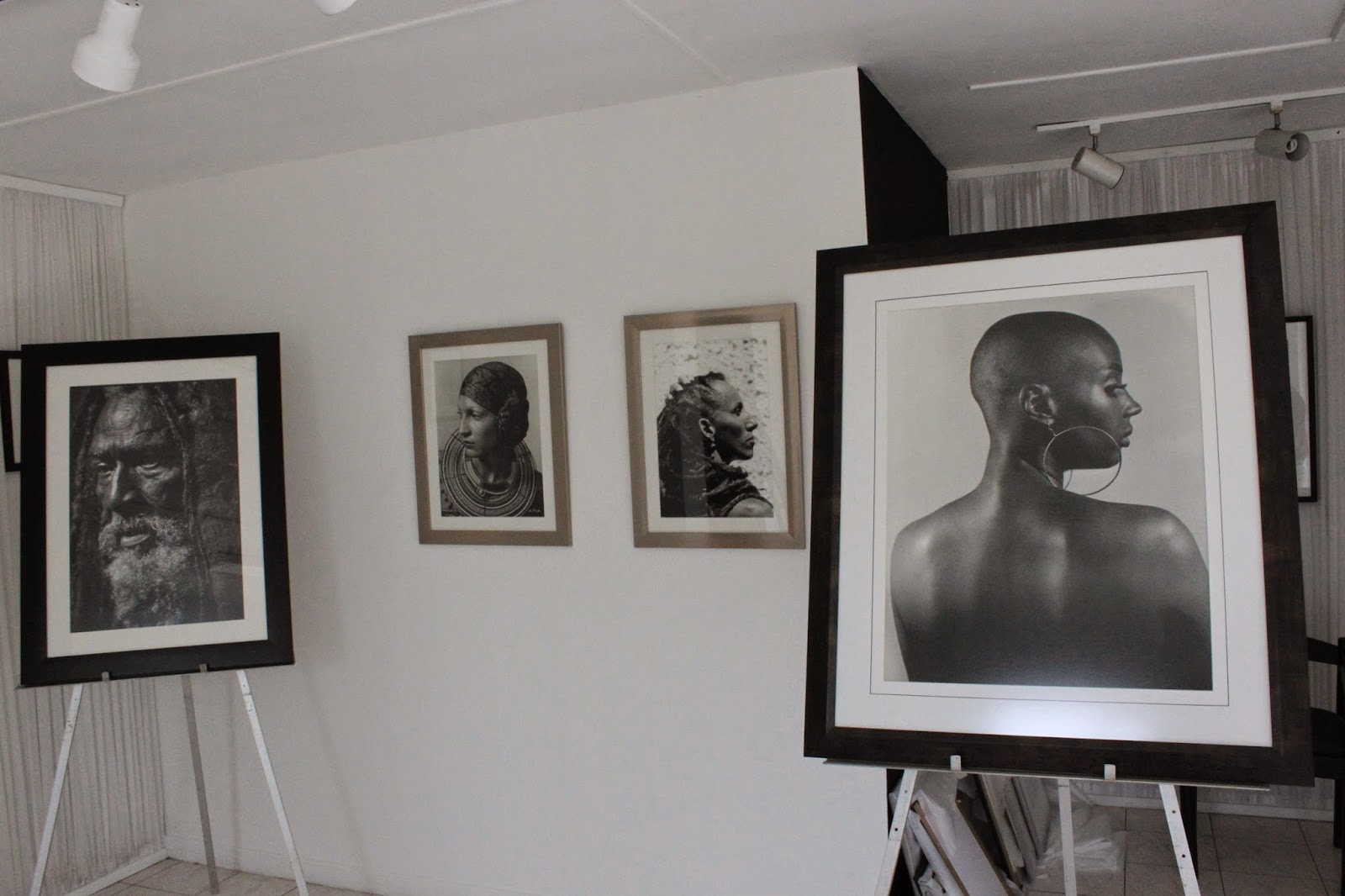Konark – an ode to the Sun God
 |
| Konark Sun Temple panoramic view | Alokprasad84 |
Sun – it is life, it is light, and the basis of existence of life on the planet. It is what makes the Earth and the constellations go around it.
Sun has been revered and worshipped across civilizations, in many manifestations, from Aztec, Inca, Maya, Egyptian, to Buddhist, Arabian and Indian mythology. Praying to the Sun God, in its glory, is the beginning of a new day.
The Sun Temple at Konark in the eastern Indian state Odisha is an architectural marvel. It is one of the awe-inspiring examples of temple architecture - as is visible from its grand conception, scale, and proportion, and in the consummate narrative power of its sculptural adornment.
Konark, a UNESCO World Heritage Site, was built in 1250 CE by a famous king of the dynasty that ruled the region for more than 700 years. Although many portions are now in ruins, the site continues to draw tourists from all over the world.
THE BELIEF
 |
| Original temple and the surviving structure (yellow) | Gérald Anfossi |
The reason for the building is speculated to be the expression of gratitude to the Sun god by the king for a wish fulfilment or to commemorate a conquest. The Sun Temple is directly associated with the idea and belief of the personification of the Sun God, which is mentioned at many places in India’s ancient and classical texts.
The Sun is personified as a divine being with its own history, ancestry, and family, which plays a prominent role in the myths and legends of creation. The temple’s aesthetic and visually staggering sculptural narratives also provide a priceless peek into the economic, political, social, and religious life of the people during the medieval period in India.
ARCHITECTURE
 |
| A stone wheel engraved in the walls of the temple. | Photo: Subhrajyoti07 |
The word ‘Konark’ is a combination of two Sanskrit words kona (corner or angle) and arka (the sun). It means that the main deity was the Sun God, and the temple was built in an angular format. The temple follows the style of architecture prevalent during the period (Nagara style) characterised by a square ground plan, a sanctuary, and an assembly hall with a huge capped curvilinear tower.
As the stones used in constructing the temple were not available near the site, they were brought from long distances and lifted by means of pulleys, wooden wheels or rollers and then set into place. The fitting and finishing have been done so smoothly that the joints are not visible.
The entire temple was built in stone, representing a chariot of the Sun God, with 12 pairs of wheels, drawn by seven galloping horses, evoking its movement across the heavens. It is decorated with refined depictions of contemporary life and activities. The 12 pairs of wheels have been carved against the sides of the chariot and represent the 12 months of the year. These complete the illusionary structure of the temple-chariot. The plinth of the temple is also decorated with reliefs of lions, musicians, and dancers.
THEME
 |
| Front view of Konark Sun Temple | Wikimedia Commons |
The sculptors have covered every bit of space available with a variety of themes, with figures indulging in song and dance, mythical beings, birds and animals, besides floral and geometrical motifs. The designs were carved after the stones had been set in place.
Many aspects of royal life, including sculptures depicting royal activities, hunts, processions, and military scenes have also been carved out. Some panels depict the king in various roles: as a scholar reviewing literary works being presented to him by poets, as enjoying himself on a swing in his palace, as a great archer, fondly regarding his reflection in a mirror, and as a deeply religious devotee.
RESTORATION
During the medieval period, the Konark Sun Temple served as a landmark for sailors sailing the Bay of Bengal, and the Europeans traversing this sea referred to it as the ‘Black Pagoda’. The temple was believed to have been damaged in an earthquake or lightning, while others attribute it to attacks by foreign invaders. It fell into disuse before a British Indian historian, James Fergusson, rekindled interest by surveying the site in 1837. The temple was satisfactorily restored by the 1900s when it again started eliciting interest across India and the world.
It is said that at Konark, “the joy of a princely life on earth and expression of the luxury and grandeur prevailing in the royal environment are writ large everywhere”. The Konark temple, even in its ruined state, stands majestically and bears witness to the architectural and artistic skills of India. Tourists, as well as students of art, architecture, history, and archaeology find Konark a place offering an unparalleled knowledge experience. Konark also serves as a location for cultural festivals and classical Indian dance performances.
For many centuries, the Sun Temple continues to play its role in preserving and furthering India’s immense cultural heritage and civilization. The Sun symbolizes myriad manifestations in Hinduism – wisdom, truth, knowledge, intelligence, continuity, among others. Konark stands as an ode to that giver of life.



Comments
Post a Comment